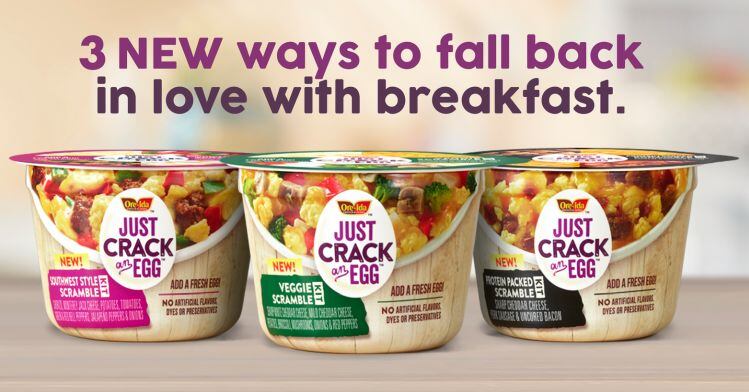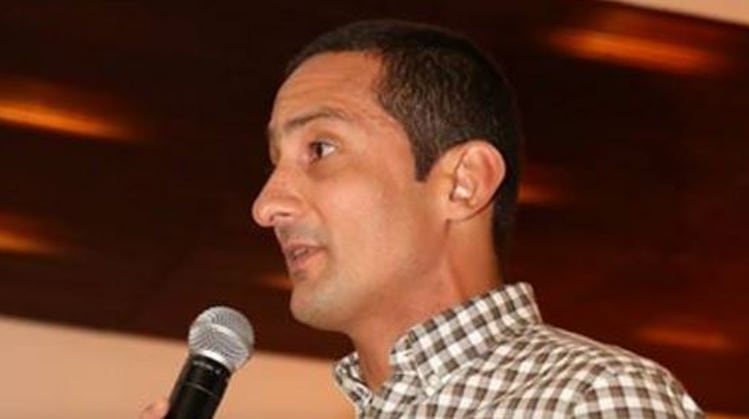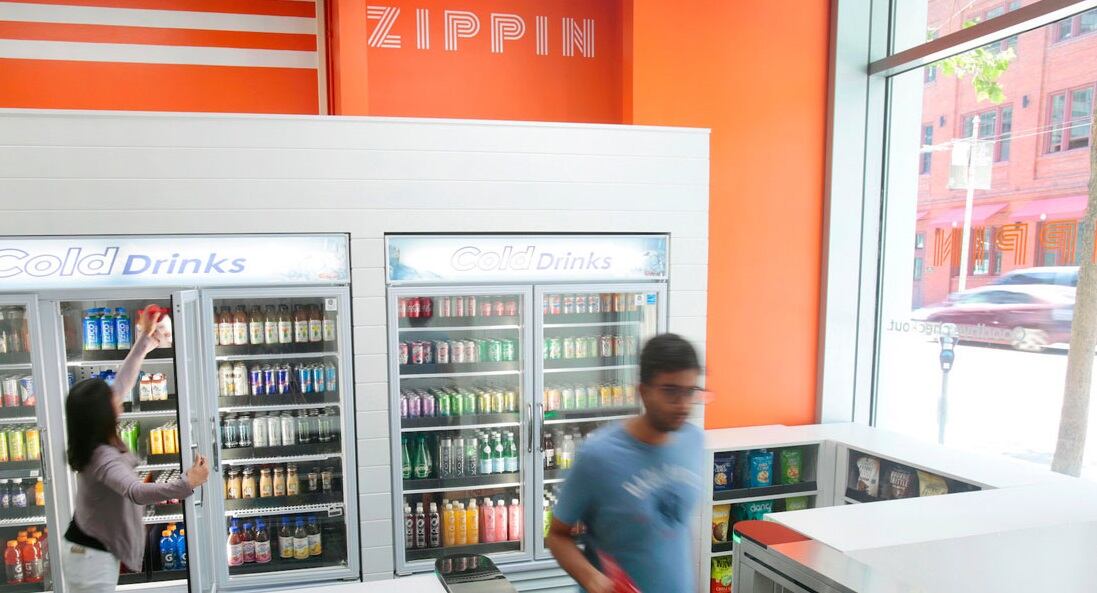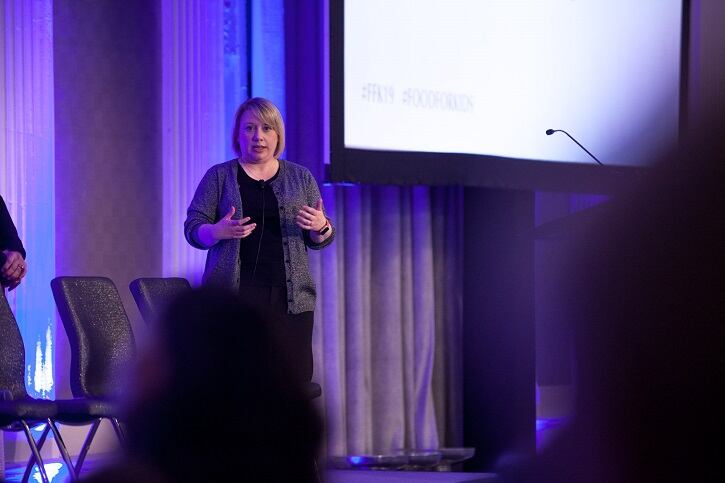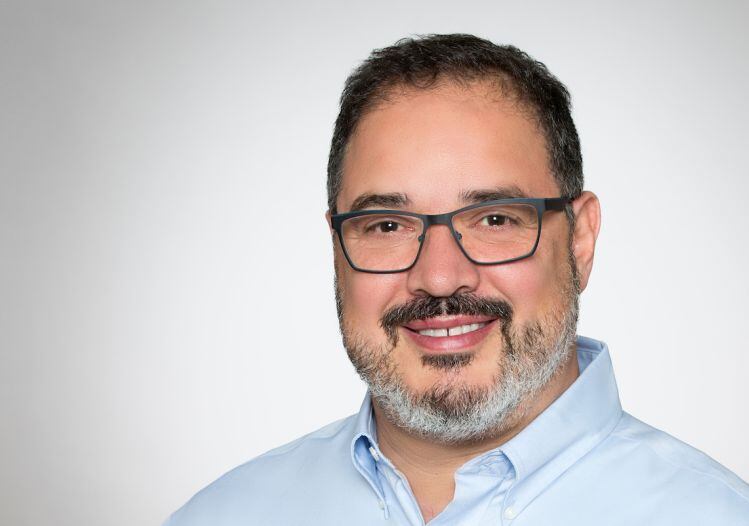First came a $15.4bn write-down signaling a plunge in the value of some of its most famous brands, swiftly followed by news of a Securities and Exchange Commission (SEC) investigation into the company’s accounting and controls, topped off with dismal Q4 earnings that sent the company’s stock into a tailspin.
And procurement was right at the center of the storm, with an internal probe highlighting issues related to the timing and recognition of supplier contracts (in that some employees accelerated rebates and discounts they negotiated with suppliers to reflect cost savings more quickly).
Into the eye of the storm: 'We launched a complete and extensive internal investigation'
While such a torrent of grim news would prompt many CPG executives looking for their next career move to give Kraft Heinz a wide berth, Marcos Eloi jumped at the opportunity when new CEO Miguel Patricio – his former colleague at Anheuser-Busch InBev – invited him to come in as an advisor in July 2019.
Three months later, he was appointed chief procurement officer, a position Patricio made part of the global leadership team, reporting directly to the CEO: "At its core, this was a forward-looking decision that demonstrates the central role procurement has in the company," says Eloi.
So what were the first few days like?
“In my first days in the company I talked with as many people as possible and traveled across the business to understand the procurement organization and the business as a whole," he recalls.
“We also partnered with an external consultant to have a very structured assessment of the procurement organization, to look at our team, our tools, our capabilities, our relationship with suppliers and how we are setting and executing our category strategy, and based on that we established a plan and a strategy focusing on people and operational excellence to deliver top and bottom line results.
“We launched a complete and extensive internal investigation and we’ve made several improvements in terms of internal controls and we continue to take active steps to reduce the possibility of similar things happening again, which has also meant a lot of training.
“We have to engage our teams now to execute our plan going forward.”
‘Procurement is not only about cutting costs’
While he won’t go into details about the ins and outs of the misconduct identified in the internal probe, which is “all public knowledge now,” Eloi appears to acknowledge that the pressure team members were under to meet short-term targets contributed to the problems.
While procurement is often the first thing companies turn to in any cost-cutting exercise, you can’t keep squeezing suppliers indefinitely, adds Eloi, who says a best-in-class procurement function has to build more collaborative relationships and work together with suppliers to find ways to innovate and drive efficiencies.
“Procurement is not only about cutting costs, so our plan has three key pillars: first, building a great team; second, operational excellence and great tools; and third, projects that deliver results as we invite suppliers to join us on our continuous improvement journey.”
‘The short-term strategy has to be fully aligned with our long-term goals’
But how do you balance the need to deliver savings to meet short term targets, without compromising long-term relationships and strategies?
Put simply, says Eloi “the short-term strategy has to be fully aligned with our long-term goals and we can’t compromise that with short-term decisions. We’re also committed to do things the right way every time and we can’t take short cuts that could compromise our credibility and integrity.”
A more balanced set of KPIs?
On a practical level, he adds, that means a new set of key performance indicators (KPIs) that “reflect those long-term objectives as well as short term objectives.
“Miguel is challenging all departments to do this, so we’ve reassessed performance targets and improved the way we measure our performance systems in order to make sure that our team has balanced targets that help us build the future.
“Today we have a much more balanced set of KPIs looking not only at the budget and objectives for 2020, but also initiatives and projects that allow us to deliver our strategy going forward so everyone on the team has targets that are challenging, but also realistic and achievable.”
While the comments on an article we published in August about Kraft Heinz suggest some staff were not convinced that the ruthless cost-cutting mentality it became known for had been replaced by a more strategic vision ("hard to see turnaround here with 3G and the 3G mentality in place still. They know how to slash and burn, that's about it...."), Eloi says his aim at least is to encourage ownership and a long-term vision.
He adds: “It’s about ownership. If this is your company, it’s not your company for one quarter or one year, it’s a company you’re building for the future.”
"Every Kraft Heinz employee – whether they work in procurement or elsewhere in the company – will have KPIs that encourage broad, cross-functional cooperation while working towards the company’s top short-term and long-term priorities. Our goal is simple: every employee should work to drive value and meet the company’s goals, not just the goals of their specific team, unit or region." Marcos Eloi
‘We depend on our suppliers as much as most of them depend on us’
So how is Kraft Heinz going to work more collaboratively with suppliers going forward?
“It’s too early to talk about specific examples of collaboration, as we’re still building the plan,” says Eloi, “but the main objective is to bring in suppliers to discuss and create an agenda that does not bring us into confrontation.
“As soon as you talk about price and payment terms there’s potential for conflict, but there are several other things we can talk about on innovation, sustainability, growth, developing capacity and capabilities that meet both companies’ objectives, because we depend on our suppliers as much as most of them depend on us. Our success is their success and vice versa. Our suppliers are a key source of innovation for our company and we want them to be strong partners on our transformation journey.”
He adds: "Ideally, relationships with suppliers should not be purely transactional. Whether the supplier is local, regional or global, I want to invest in the relationship so that we grow together in the long term.
"I would love for a supplier to come to my team and propose a new product or a new ingredient or a transformation of an existing product. They should not only see themselves as simply a supplier of one or several goods, but as a trusted partner and extension of our company."
If we don’t work together with our suppliers, we won’t meet our sustainability targets
Key areas where all CPG companies are having to work more collaboratively with suppliers include sustainability and responsible sourcing, he says.
“We’re committed to develop 100% recyclable, reusable or compostable packaging by 2025, which is very ambitious, and we have several initiatives underway. If we don’t work together with our suppliers on this, we won’t meet our targets.
“We also recently adopted a global human rights policy that we extend to our suppliers and we are also committed to traceable and transparent supply chains, and we’ll share more on all of these things when Miguel announces our new enterprise strategy next year.”
‘Technology is going to make the procurement role within the company much more strategic’
Another area where Eloi will be focusing a lot of his attention in 2020 is technology, he says.
“Technology is making procurement more efficient; there’s a huge digital transformation and that’s impacting procurement as well as every other part of the business, so there’s great potential to use artificial intelligence to predict our supply chain months and years ahead, but I think generally technology is going to make the procurement role within the company much more strategic.
“We still have a lot to work on at Kraft Heinz and we’re working on a digital technology procurement roadmap in order to ensure we have the tools we need as we evolve and the necessary technology to support the company as we go forward.
"Our goal is to use technology to optimize and enhance the way we connect our procurement operations within our business and our suppliers."
‘Online auctions do not replace the relationship with the supplier’
As for online auctions whereby suppliers are invited to bid for its business, Kraft Heinz does use them but they need to be used judiciously, he says.
“They are just a tool, and they do not replace the relationship with the supplier. The way we build the organization of the future is to build relationships with key suppliers.”
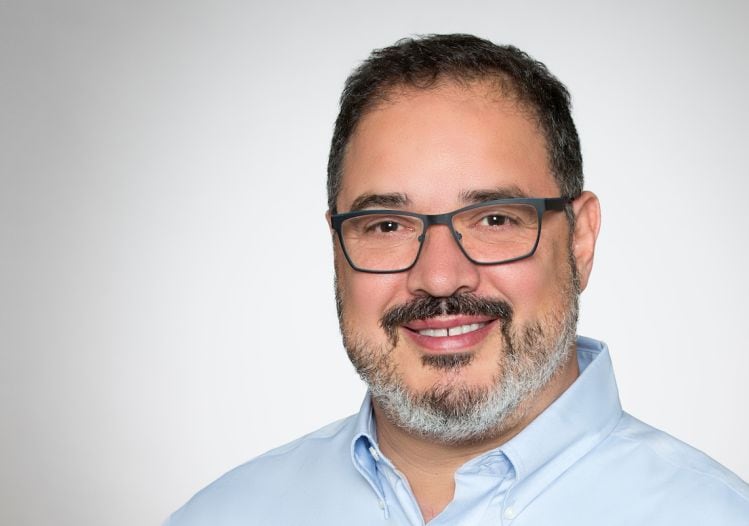
“Maybe in the past, we were too focused on the bottom line. We need a strategy, first of all for growth, which is critical.
“We need to become more consumer obsessed so we can better predict their behavior even before they know it. There are practices that need to change in the product development process, so we can be faster and more consumer-centric with our new products.”
Miguel Patricio, CEO, Kraft Heinz

Heinz was acquired by private equity firms 3G and Berkshire Hathaway in June 2013, and tied the knot with Kraft Foods Group in summer 2015. Brands in the combined portfolio include Heinz brands: Heinz Ketchup, Classico, Ore-Ida, TGI Friday’s, WW, Heinz Beanz, and Smart Ones; plus Kraft brands: Kraft, Velveeta, Jell-O, Oscar Mayer, Philadelphia, Cool Whip, Kool-Aid, Capri-Sun, MiO, Planter’s, and Lunchables.
The biggest segments in Kraft Heinz’s portfolio by revenue in 2018 were condiments (26%), cheese (20%), shelf-stable foods such as Mac & Cheese (10%), frozen and chilled foods (10%), and meat / seafood (10%), followed by beverages (6%), coffee (5%), desserts (4%), nuts (4%), baby food (3%) and other products (3%). By geography, the US market represents around 70% of Kraft Heinz's annual sales.
Kraft Heinz has good exposure to the faster growing store perimeter via categories such as lunchmeat, cheese, bacon, Lunchables and fresh snacks (eg. Oscar Mayer P3 protein packs).
However, it also competes in categories facing heightened competitive pressure, noted analysts at Bernstein in a recent note to investors: “Performance has been mixed across most of Kraft Heinz's billion-dollar brands in US measured channels, with the notable exception of Philadelphia cream cheese, which is more on trend with consumers and has consistently delivered positive growth in recent years."
Further reading:
- Kraft Heinz-backed venture hub leads $12m investment in cashierless checkout startup Zippin
- Kraft Heinz venture fund invests in startup making real cheese… without cows
- Kraft Heinz VC fund makes first investment in 'disruptive' local food sourcing platform GrubMarket
- Kraft Heinz Springboard unveils second incubator class: Blake’s Seed Based, BRAMI, Ka-Pop! Origin Almond, Tiny Giants
